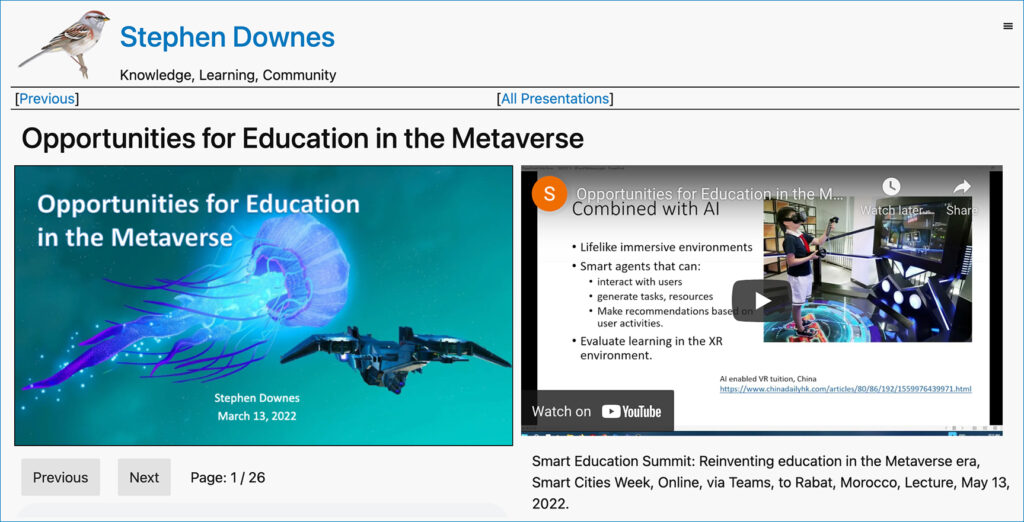GreenLight Means Go: Where Learner and Employment Records Are Headed — from gettingsmart.com by Getting Smart Staff
Excerpt:
New solutions present a unique solution to these challenges by providing a user-controlled technology to store, share, search, and match acquired competency with opportunity. One of the key players in this space is GreenLight Credentials, a frictionless, user-controlled talent search and credential-communicator that addresses these issues. On the outbound side, institutions and their learners can store any type of verified record including transcripts, credentials, badges, or other documentation of learning. These learning experiences are then translated into data – competencies, skills, interests, and accomplishments that are then matched with scholarship, university and employment opportunities. Universities and employers can join the network to discover and connect with prospective students or employees.
The vast majority of students who graduate from high school in the United States typically have their learning diluted to a single one-page transcript that lists courses and grades – and often a GPA.
…
What young people need now are repetitions in design thinking – to repeatedly find, frame, address complex problems and deliver value to a community.
— Getting Smart Staff
Also relevant/see from Getting Smart:
Innovating Together: the Geopolitical and Educational Path Forward — by Tom Vander Ark
Key Points
- The new mission of school is cultivating curiosity, purpose and problem solving by inviting learners into real world challenges in diverse teams using smart tools.
- The path forward is innovating together.
The VUCA world (volatile, uncertain, complex, and ambiguous) is now hyper-connected (VUCAH).
Also relevant/see:










